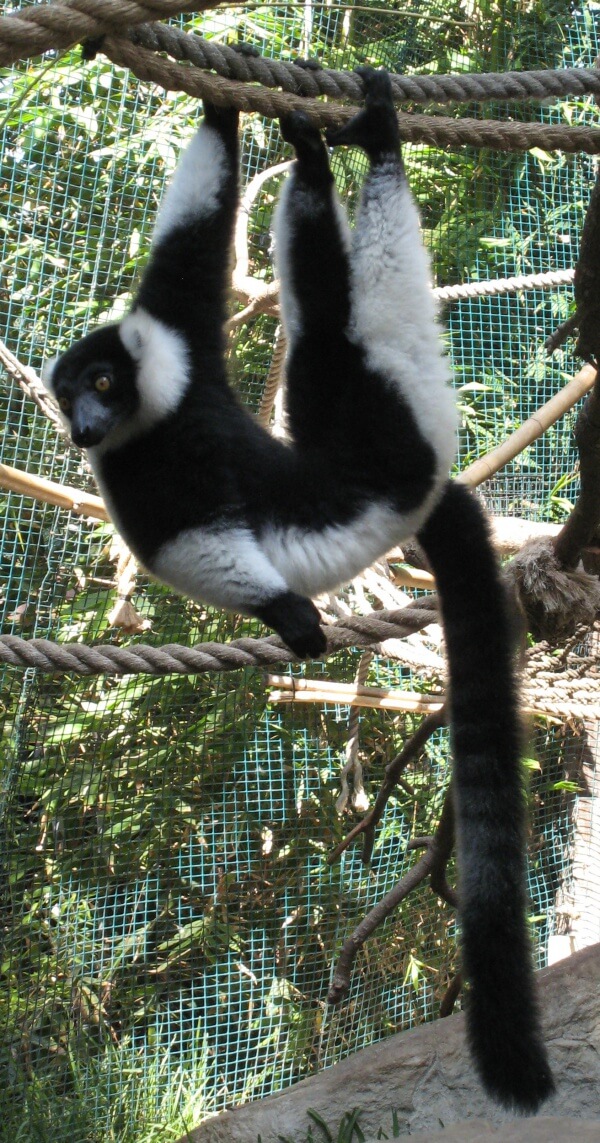Facts About Ruffed Lemur
The black-and-white ruffed lemur, an endangered species endemic to Madagascar, captivates with its intricate social structure, fruit-centric diet, and arboreal lifestyle within the island's rainforests. Alongside the red ruffed lemur, they are the largest members of the Lemuridae family, easily distinguishable by their striking color patterns and distinctive vocalizations. There are three recognized subspecies, each inhabiting specific regions within Madagascar.
These lemurs primarily consume fruit but also partake in nectar, leaves, seeds, and fungi. Their dietary preferences fluctuate based on the season and gender, with females often leading feeding activities to fulfill their substantial energy demands, particularly during reproduction. They communicate through loud calls and exhibit intriguing behaviors such as female social dominance and cooperative parenting.
In terms of conservation, all subspecies of the black-and-white ruffed lemur are classified as Critically Endangered by the IUCN. They confront numerous threats, including habitat destruction due to human activities like slash-and-burn agriculture, hunting for bushmeat, and predation by native species. Conservation efforts, including reintroduction programs, have been implemented, but these face challenges such as habitat degradation and predation, which affect their success.
